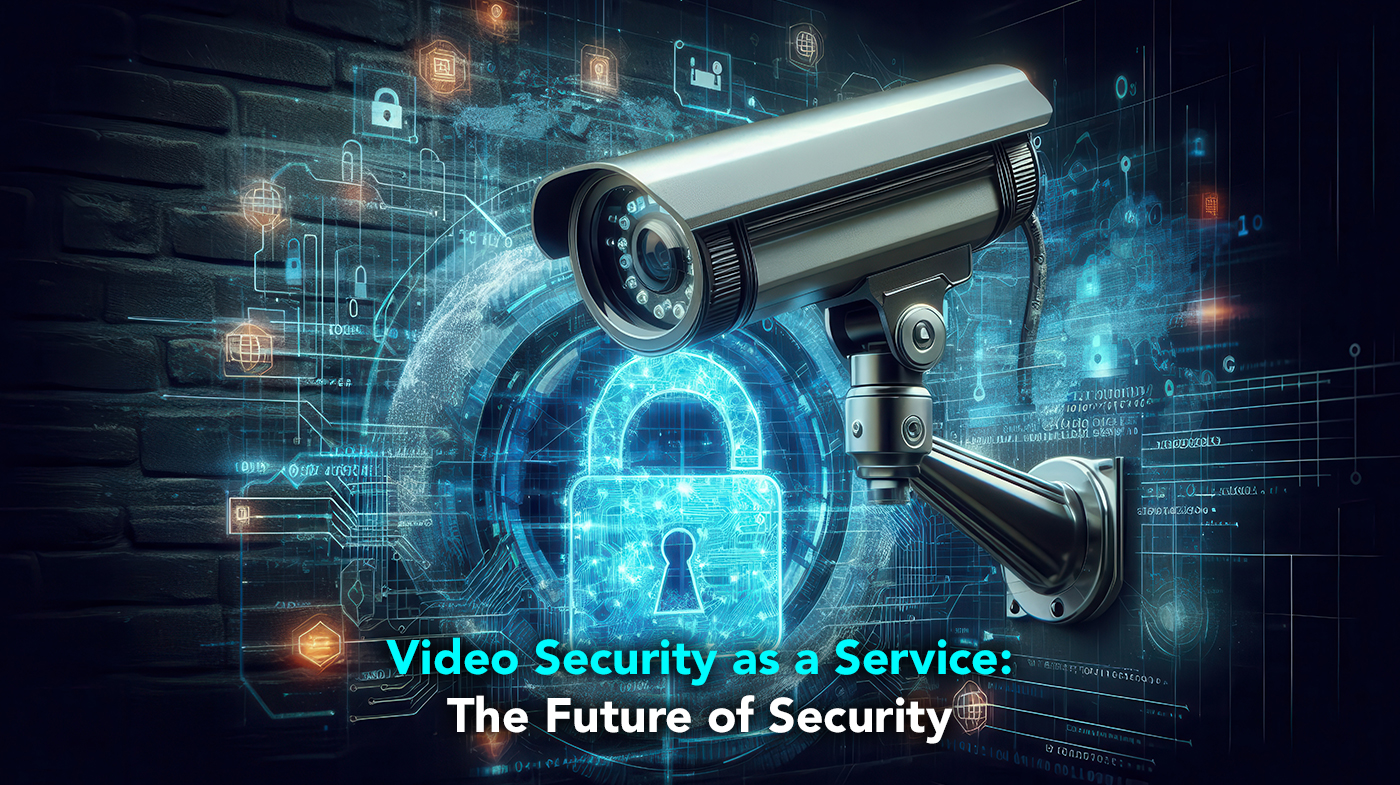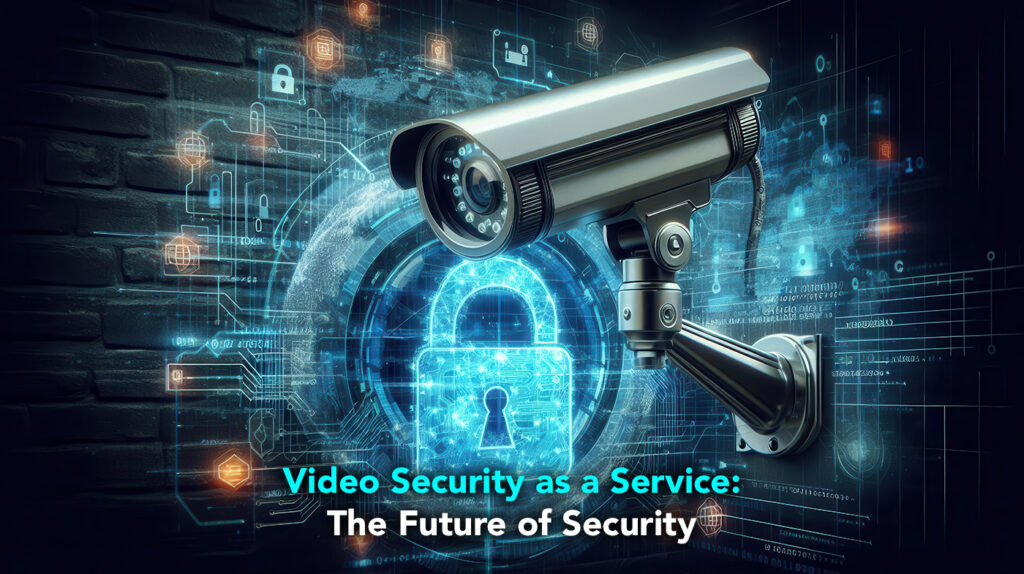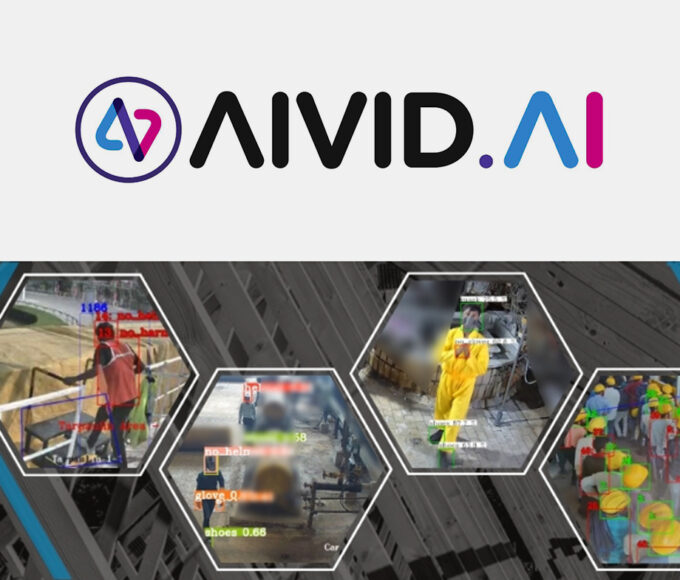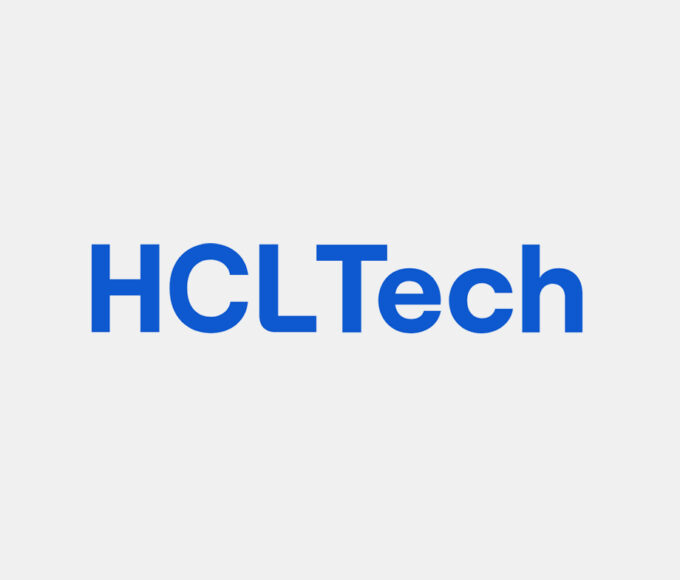Key Features of VSaaS
- Cloud Storage: VSaaS eliminates the need for on-site storage devices by securely storing footage in the cloud. This ensures data redundancy, scalability, and protection against physical damage or theft.
- Remote Access: Users can monitor live and recorded video feeds from any location using internet-connected devices, providing real-time security oversight.
- AI and Analytics: Advanced VSaaS platforms incorporate AI-driven analytics for motion detection, facial recognition, license plate recognition, and behavioral analysis, enhancing threat detection and response.
- Scalability: Businesses can easily scale their surveillance systems by adding or removing cameras without significant infrastructure changes.
- Automatic Updates: VSaaS providers handle software updates and security patches, ensuring the system remains up-to-date with the latest features and protections.
- Integration: VSaaS can integrate with other security systems, such as access control and alarm systems, creating a unified security ecosystem.
Benefits of Video Security as a Service
- Cost Efficiency
Traditional surveillance systems require substantial upfront investments in hardware, software, and maintenance. VSaaS operates on a subscription-based model, reducing capital expenditures and shifting costs to manageable operational expenses. Businesses no longer need to invest in expensive servers or worry about hardware failures, as the cloud provider handles infrastructure management.
- Enhanced Security and Reliability
Cloud-based storage ensures that video footage is protected from physical damage, theft, or tampering. Data is encrypted and stored across multiple servers, minimizing the risk of loss. Additionally, VSaaS providers implement robust cybersecurity measures to safeguard against hacking and unauthorized access.
- Flexibility and Mobility
With VSaaS, security personnel and business owners can monitor premises from anywhere using smartphones, tablets, or computers. This flexibility is particularly valuable for multi-site businesses, allowing centralized management of all locations from a single dashboard.
- Advanced Analytics for Proactive Security
AI-powered analytics enable proactive security measures by identifying suspicious activities in real time. For example, facial recognition can alert security teams when unauthorized individuals enter restricted areas, while motion detection can trigger alarms for unusual movements during off-hours. These capabilities significantly reduce response times and improve overall security effectiveness.
- Easy Maintenance and Upgrades
Since the service provider manages the infrastructure, businesses no longer need dedicated IT staff to maintain surveillance systems. Software updates and new features are automatically deployed, ensuring the system remains cutting-edge without additional costs or downtime.
Challenges and Considerations
While VSaaS offers numerous advantages, there are some challenges to consider:
- Bandwidth Requirements
High-quality video streaming and storage require significant bandwidth. Businesses must ensure they have a reliable and high-speed internet connection to avoid latency or interruptions in video feeds.
- Data Privacy Concerns
Storing sensitive video footage in the cloud raises privacy and compliance concerns, especially in industries with strict data protection regulations (e.g., healthcare, finance). Businesses must choose VSaaS providers that comply with regional and industry-specific regulations.
- Dependence on Internet Connectivity
VSaaS relies on internet connectivity, making it vulnerable to outages. Providers often offer offline storage options as a backup, but businesses should have contingency plans in place.
- Subscription Costs
While VSaaS reduces upfront costs, long-term subscription fees may accumulate over time. Businesses should evaluate pricing models to ensure cost-effectiveness based on their needs.
The Future of VSaaS
The future of Video Security as a Service is bright, driven by advancements in AI, IoT (Internet of Things), and 5G technology. Here are some trends shaping the future of VSaaS:
- AI-Driven Automation
AI will continue to enhance video analytics, enabling more sophisticated features such as predictive threat detection, crowd behavior analysis, and automated incident reporting. These advancements will reduce human intervention and improve accuracy in identifying security threats.
- Integration with Smart Cities
VSaaS will play a crucial role in smart city initiatives, providing real-time surveillance for traffic management, public safety, and emergency response. Governments and municipalities will leverage cloud-based video analytics to enhance urban security.
- Edge Computing
Edge computing, where data processing occurs closer to the source (e.g., cameras), will reduce latency and bandwidth usage. VSaaS platforms will combine cloud and edge computing for faster, more efficient video analysis.
- Expansion of IoT Security Ecosystems
VSaaS will integrate with IoT devices such as smart locks, sensors, and drones, creating comprehensive security networks. This interconnected ecosystem will enable automated responses, such as locking doors during a breach or dispatching drones to investigate suspicious activity.
- Enhanced Cybersecurity Measures
As cyber threats evolve, VSaaS providers will invest in stronger encryption, multi-factor authentication, and blockchain technology to ensure data integrity and prevent unauthorized access.
Final Conclusion
Video Security as a Service is revolutionizing the security industry by offering a scalable, cost-effective, and intelligent alternative to traditional surveillance systems. With benefits such as remote access, advanced analytics, and seamless integration, VSaaS is well-positioned to become the standard for modern security solutions. While challenges like bandwidth requirements and data privacy must be addressed, ongoing technological advancements will further enhance the capabilities and adoption of VSaaS.
As businesses and governments increasingly prioritize security and operational efficiency, VSaaS will play a pivotal role in shaping the future of surveillance. By embracing this innovative approach, organizations can stay ahead of threats, reduce costs, and ensure a safer environment for all.
The shift to cloud-based video security is not just a trend—it is the future of security.
 dtcJuly 24, 20254 Mins read2.3k Views
dtcJuly 24, 20254 Mins read2.3k Views

















